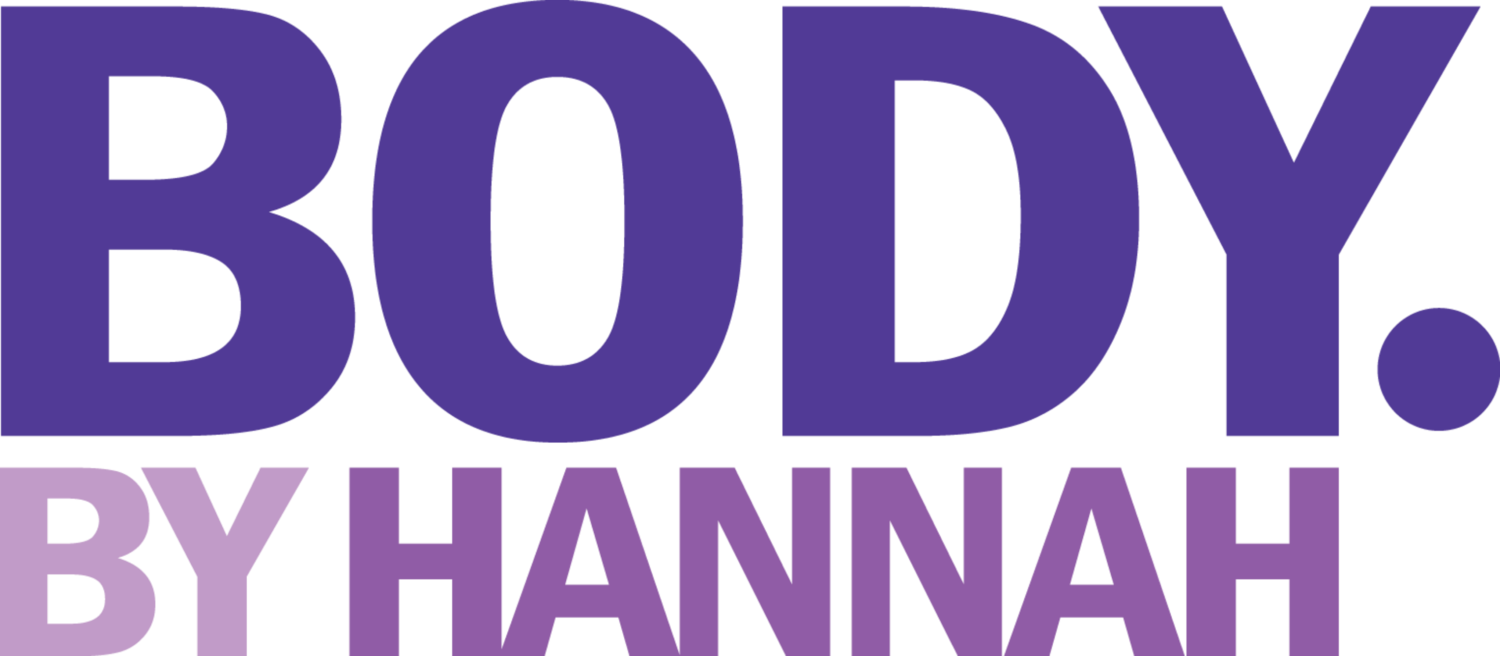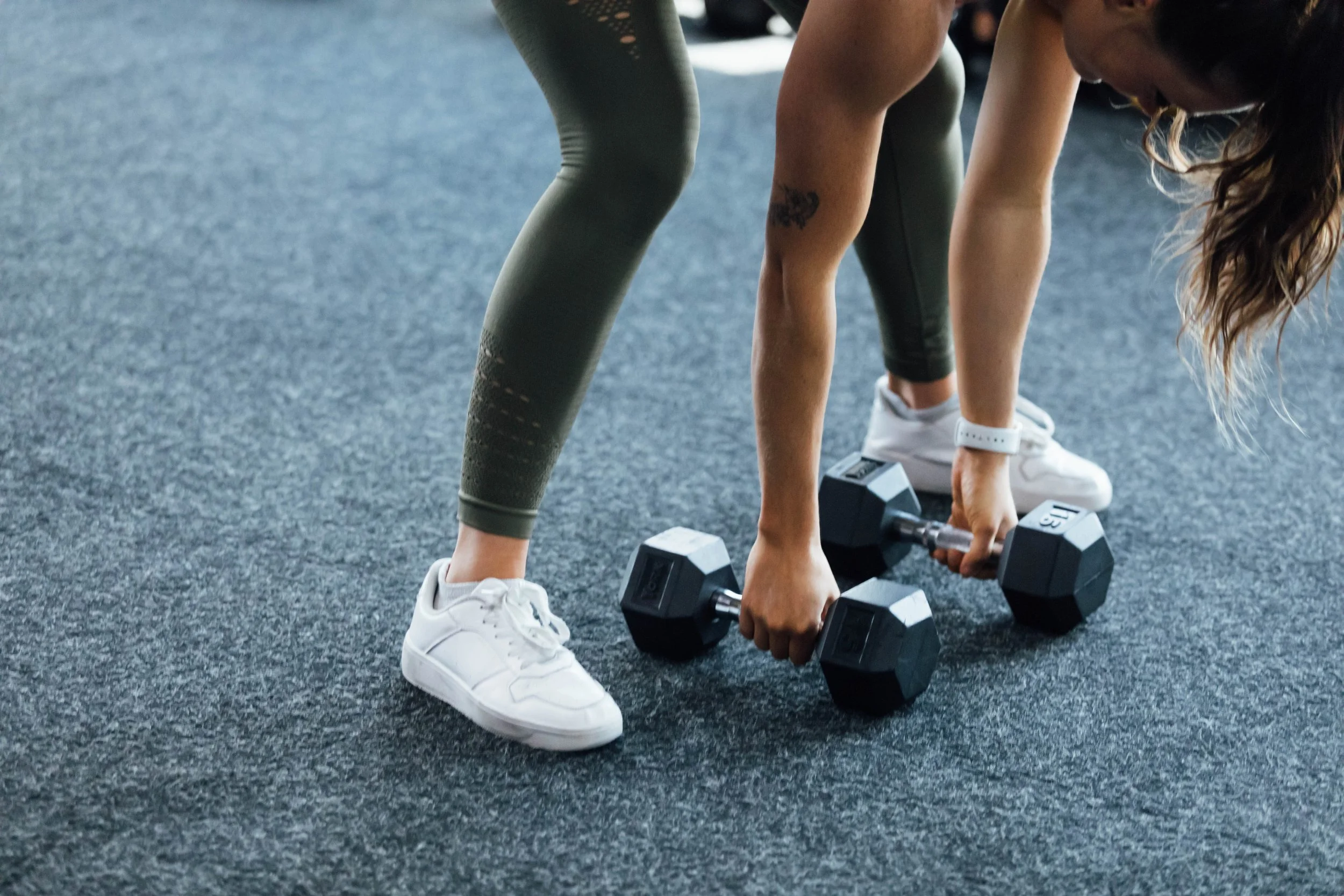Exercising Safely in the Heat
Summer is a fantastic time to take your workouts outside, but the soaring temperatures can pose a risk. Here are five essential tips to help you stay cool and safe while enjoying your outdoor exercises in the heat.
1. Choose the Right Time
The best times to exercise outdoors during hot weather are early in the morning or late in the evening. These periods typically have lower temperatures and reduced sun exposure. Aim for workouts before 10 a.m. or after 6 p.m. to avoid the hottest part of the day.
2. Stay Hydrated
Hydration is crucial when exercising in the heat. Drink plenty of water before, during, and after your workout. Consider carrying a water bottle with you and take small sips every 15-20 minutes. You can also incorporate sports drinks to replenish electrolytes lost through sweat.
3. Wear the Right Gear
Opt for lightweight, breathable, and moisture-wicking clothing. Light-colored clothes can help reflect the sun's rays, keeping you cooler. Don't forget a hat and sunglasses for additional protection, and always apply sunscreen with at least SPF 30 to protect your skin from UV rays.
4. Adjust Your Intensity
Heat can significantly impact your performance and increase the risk of heat-related illnesses. Lower your workout intensity and take frequent breaks to cool down. Listen to your body and avoid pushing yourself too hard. Consider splitting your workout into shorter sessions if necessary.
5. Seek Shady Routes
Plan your exercise routes with shade in mind. Parks, trails, and areas with plenty of trees provide natural cover from the sun. If you're running or biking, try to find routes that keep you out of direct sunlight as much as possible. This can help maintain a cooler body temperature and make your workout more enjoyable.
Final Thoughts
Exercising outdoors in the summer can be refreshing and invigorating, but it's essential to prioritize safety. By following these tips, you can enjoy your outdoor activities while minimizing the risks associated with high temperatures. Stay cool, stay hydrated, and keep moving!
Happy Exercising!
Can Older People Really BUILD Muscle?
As I watch my parents age into their 80’s, it’s a topic that continues to become more personal to me and more important to talk about. According to findings from the Baltimore Longitudinal Study of Aging, muscles tend to grow from birth until they peak at around 30-35 years old. From there, our muscle mass tends to slowly decline. Once we hit 65 (for women) or 70 (for men), the decline becomes even more rapid. This loss of muscle can greatly impact our metabolic health and quality of life.
While, it’s an inevitable fact of life that as we age, we experience a gradual loss of muscle mass, elderly people are perfectly capable of maintaining and actually building more muscle through a targeted approach to diet and exercise. The result is improved vitality, reduced bone loss, prevention of osteoarthritis and decreased risks of falling and fractures. So how can we start the mission of building muscle either before the inevitable decline or even after the decline to build our bodies back up?
Embrace strength training.
Resistance training, hands down, is the best approach for building muscle,. When you do exercises under resistance, your muscles are subject to stress and damage. When paired with the right diet and recovery processes, your immune system can begin to repair your muscles so that they grow back even bigger and stronger than they were before.
So strength training is one of the most effective habits to incorporate into your daily routine if you want to build lean body mass as an older adult. Research recommends strength training 3 or 4 times weekly.
A caveat here: if you’re new to strength training (or have not done it in a long time), it’s a good idea to work with a fitness professional like a personal trainer. Schedule a free 15-minute phone consult with a BBH trainer who can help guide you through your workout routines, perfecting your form and developing an effective workout schedule to help you build muscle while protecting you from potential injury
Prioritize protein.
Your diet is the other big piece of the puzzle for muscle growth. While doing resistance training starts the process, you can’t grow muscle without eating enough of the right nutrients necessary to repair and rebuild.
Protein is often referred to as the nutritional “building block” of your muscle tissue since it actually makes up its structure, so you’re going to need plenty of it to help your muscles recover from your strength training workouts.
So how much protein should you be eating overall? The official recommendation is that you should be eating at least 0.8 grams of protein per kilogram of your body weight to hold off muscle loss, while some studies have also indicated greater intakes of 1.0-1.6 g/kg of body weight may help promote muscle strength and size. However, the exact amount you should eat is highly individualized and we recommend that it might be helpful to schedule a nutrition consultation with one of our certified nutrition coaches if you want to dial in the right amount for you . Everyone’s nutritional needs will vary based on their current health status and activity level.
If you need more resources for high protein meal plans, you can find multiple meal plans in the Nutrition Corner of our on-demand membership studio, BBH Fit.
The bottom line is that it is never too late to start preventing muscle loss or build muscle in our latter years! If you want to maintain vitality in your life as you age, muscle is the currency with some of the highest value for helping you achieve a vibrantly healthy life.
Everyone Should Care About Pelvic Floor Health
Many women (AND MEN) experience pelvic floor problems, but often they ignore them, think it’s just a part of aging, or may be too embarrassed to talk to a professional about them. The specific issues can vary and may involve injuries or damage to muscles in the pelvic area, the bowel, bladder, or uterus. Getting help early usually means better treatment results. If you do think you have issues, we recommend seeing your doctor who can do an exam to diagnose and figure out the best treatment. Treatment options range from medications to surgery, laser treatment, or physical therapy, depending on what's going on and where.
With our clients at the Body by Hannah Studio, we believe that proactively training the pelvic floor just like all of our other muscle groups is a great way to prevent weakening of the pelvic floor muscles over time. Creating mindfulness around many of our exercises to properly breathe and engage/relax these muscles is our first defense from future issues.
Let's break down five common problems when the pelvic floor isn't working properly. But first, think of the pelvic floor like a hammock made of lots of connected muscles that support your bladder, bowel, and other organs. These muscles help with things like controlling when you pee or poop, keeping your posture in check, and even sexual function.
Needing to pee a lot or urgently: If you're constantly running to the bathroom, it might be due to something called overactive bladder. Basically, the muscles in your bladder contract too much, making you feel like you gotta go all the time. Strengthening your pelvic floor can help calm down your bladder, reducing those urgent feelings.
Leaking urine when you cough, sneeze, or laugh: This is called stress urinary incontinence. It happens when the muscles supporting your bladder and urethra are weak or damaged, often from childbirth. Even simple movements like laughing can make you leak a little.
Trouble with pooping: Weak pelvic floor muscles can mess with how well you poop. Sometimes it leads to constipation or feeling like you can't fully empty your bowels. The process of pooping is pretty complex, and when those pelvic muscles aren't doing their job right, it can cause pain or discomfort.
Back or pelvic pain, or pain during sex: Your pelvic floor muscles play a role in a lot of daily activities, like keeping you upright and moving smoothly. But if they're weak or damaged, they can cause pain in your back or pelvis. They can also make sex uncomfortable, especially during orgasm, when those muscles contract strongly.
Feeling like things are falling down there: Damage to the pelvic floor can cause organs like the uterus or bladder to sag or bulge into the vagina. This is called prolapse. It's more common as women get older and their bodies change. You might feel pressure or heaviness in your pelvis, especially when standing for a long time or lifting heavy things.
We created a FREE pelvic floor introductory series with Dr. Kat Hamblin that will help you understand better what the pelvic floor is and how to begin to activate it and strengthen it! Download the BBH Fit App and search for Pelvic Floor Series to get started at home!
Is Everyone Happier Than Me?!
NEW PODCAST episode has dropped inside the Great Health, Big Wealth podcast!
Discovering Joy and Growth in the Everyday: with Sarah Bragg
Do you ever find yourself waking up at 3am asking “is everyone else happier than me?” You’re not alone if so! In this episode we dive into this question, and explore the ins and outs of joy & comparison.
In this episode Hannah sits down with her good friend and the ever-inspiring Sarah Bragg. Sarah is not only known for her engaging podcast but also her work as an author and communicator. In a conversation that unfolds like a warm, invigorating brew, Hannah and Sarah dive into a variety of topics that resonate with the fabric of daily life.
This episode serves up a blend of personal anecdotes and profound insights, ranging from the art of brewing the perfect cup of coffee to the intricacies of motherhood. They touch on the importance of reconnecting with our passions—how Sarah found joy in tennis and how creativity can be a beacon through the fog of comparison and shame.
Sarah opens up about her latest book, a personal reflection on feeling 'stuck in the middle season of life', offering listeners a lens to explore their own life's chapters. The conversation also ventures into the delicate process of deconstructing faith, where Sarah shares her journey towards personal growth and a deeper understanding of her beliefs.
Amidst these reflections, Sarah's sense of humor shines through as she recounts her recent title as the Turkey Bowl queen, and her dream of becoming a talk show host. The duo also dives into the stories behind their favorite books, celebrating the joy and escapism found within their pages.
Some of our favorite takeaways:
- Joy in the Everyday: Whether it’s through brewing coffee or playing sports, finding happiness in simple activities can lead to a more vibrant and fulfilling life.
- The Power of a Social Media Break: Stepping away from our screens might just be the key to unlocking increased productivity and a world of new hobbies.
- Creativity and Connection: Using our creative skills can help us combat the trap of comparison and forge meaningful connections. “Comparison is the thief of joy!”
- Faith and Growth: The process of questioning and deconstructing faith may be daunting but can lead to profound personal evolution.
- Redefining Work: Work doesn't have to solely be about passion and purpose—it's also a means to support ourselves and find fulfillment outside of professional achievements.
We invite you to listen to this heartfelt episode, as it is sure to offer both laughter and learning. Whether you're looking for motivation, a moment of connection, or simply a break from the daily grind, this episode with Sarah Bragg is your perfect companion. Check it out HERE!
AND don’t miss Sarah’s brand new book, listen here!
Let us know if you listen in the comments!




